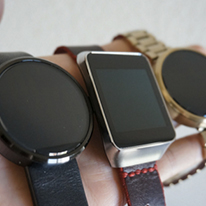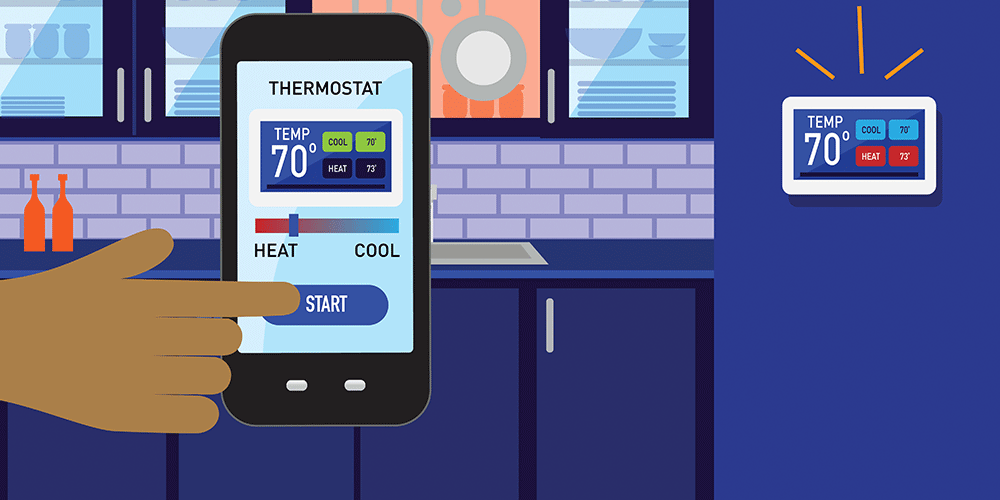If you explained the concept of an automated home to somebody 15 years ago, they would have thought you were describing the plot of a science fiction movie.
However, connected devices are everywhere today. Research from Statista shows the total number of smart homes in the U.S. is expected to reach 49.4 million by 2020.
From smart lights and locks to thermostats and video, the Internet of Things (IoT) has flooded our homes. Homeowners now have the ability to automate mundane tasks like turning the lights on and off or unlocking doors—all through the convenience of their smartphone, tablet or laptop.
But, with the emergence of any new technology, there’s always an increased risk for cyber threats—and it’s no different when it comes to home automation. Below, we explain why automated homes need stronger cyber security.
Home Automation Hacking
Home automation hacking is when cyber criminals exploit unsecure IoT devices to gain access to the entire system.
According to researchers at Kaspersky Lab, 121,588 malware samples were found attacking smart devices in just the first half of 2018. That's three times the amount found in 2017.
Some smart device manufacturers don’t create products with security as a priority. Some devices don’t come with reminders to change default settings and passwords. This is an issue because hackers can easily find most of this information in product manuals on the manufacturer’s website. When device settings are not updated, hackers can easily use these default credentials to hack into the connected device, allowing them to gain access to your entire network.
How to Secure your Automated Home
Fortunately, homeowners can enhance cyber security with some simple safeguards. To prevent cyber criminals from accessing your automated home, consider the following:
- Purchase Z-Wave certified devices. To vet equipment quality, reliability and security, look for the Z-Wave seal of approval, as this means devices have passed vigorous testing.
- Create strong passwords. Change default passwords on all devices prior to use. Pick one that’s eight or more characters long and contains a mix of letters, numbers, symbols and capitalization types to make it harder for cyber hackers to crack.
- Secure your Wi-Fi. Give your router a unique name and password. Set your router settings to WPA2 (preferred) or WPA for stronger security. Additionally, do not connect automated home devices to unfamiliar, unsecure or public networks.
- Limit authorized devices. Select which smartphones and computers you want to access your home automation system, and then restrict others to prevent unauthorized usage.
- Use firewalls and antivirus software. Any computer that connects to your automated home devices should be equipped with these precautions to guard against hackers, malicious code, viruses and malware. Access to your computers could allow someone to retrieve your automated home device passwords.
- Host smart devices on a secondary network. Implement a second network exclusively for your smart devices to connect to. In the event cyber criminals do hack one of your devices, they will be unable to access your main network.
Automated home devices make life more convenient, but they must be secured. Always contact a trusted security vendor to ensure your automated home devices are secure.
How do you secure your automated home? Share in the comments below.



